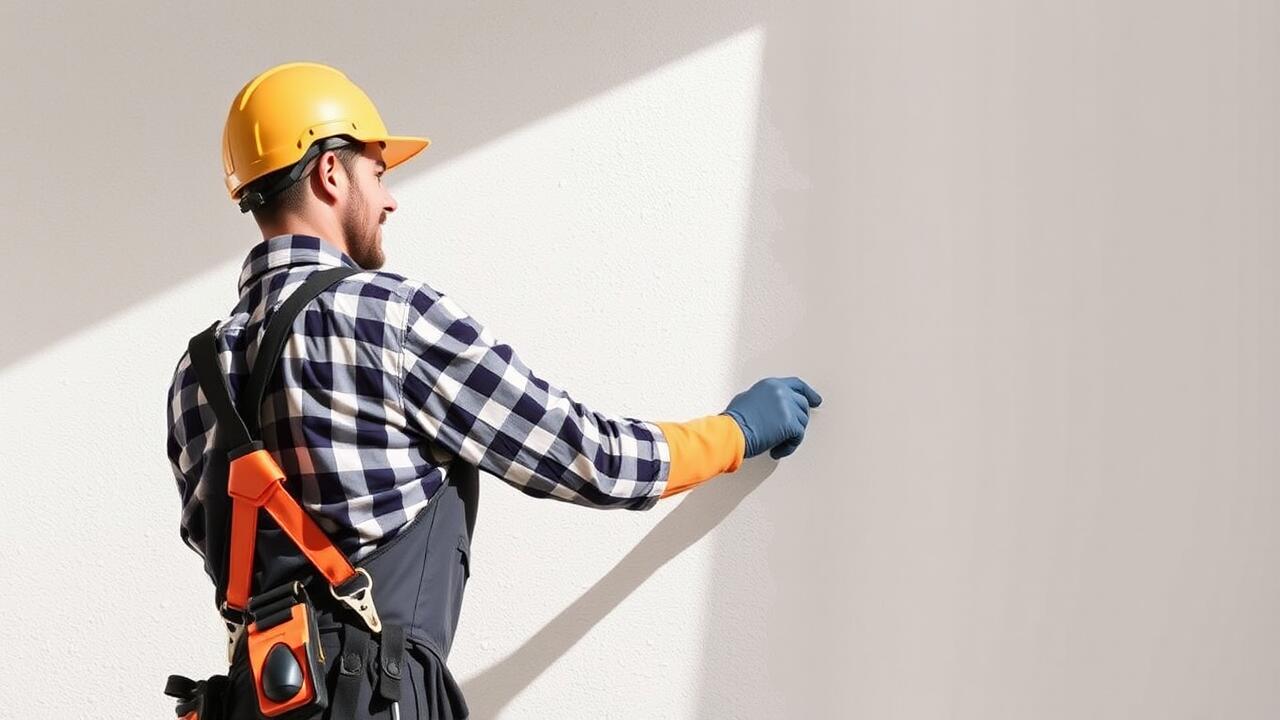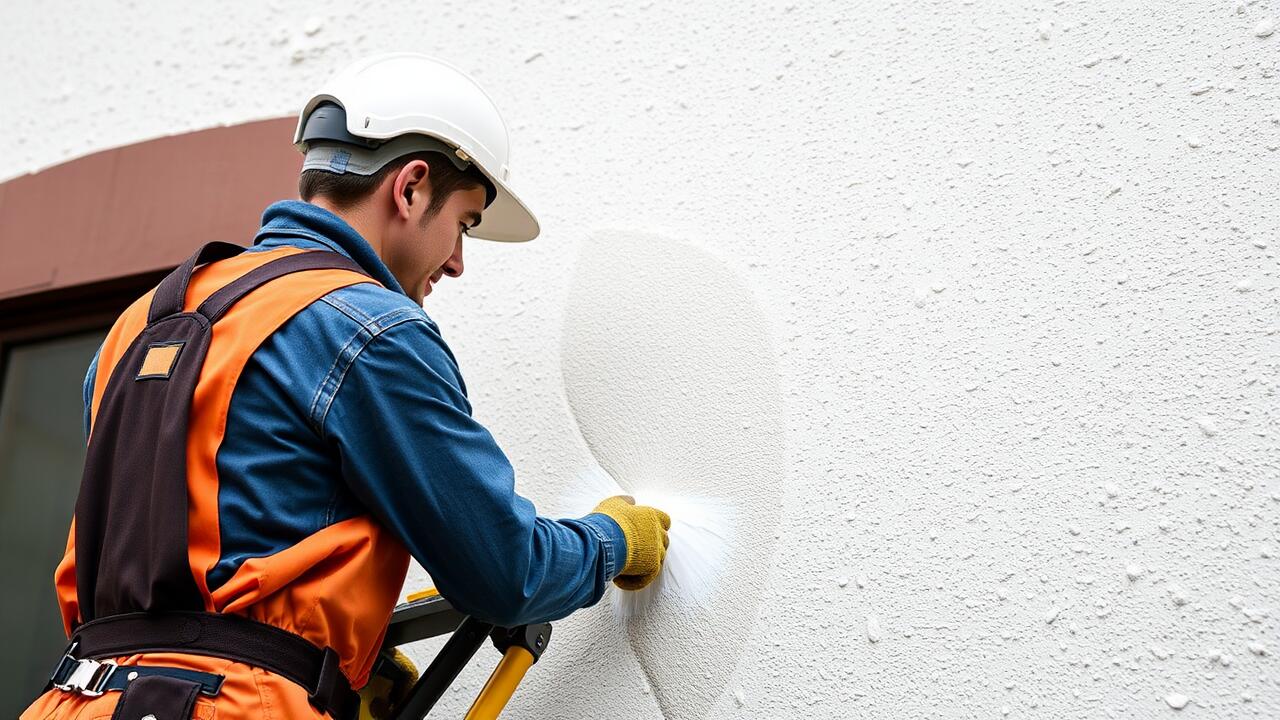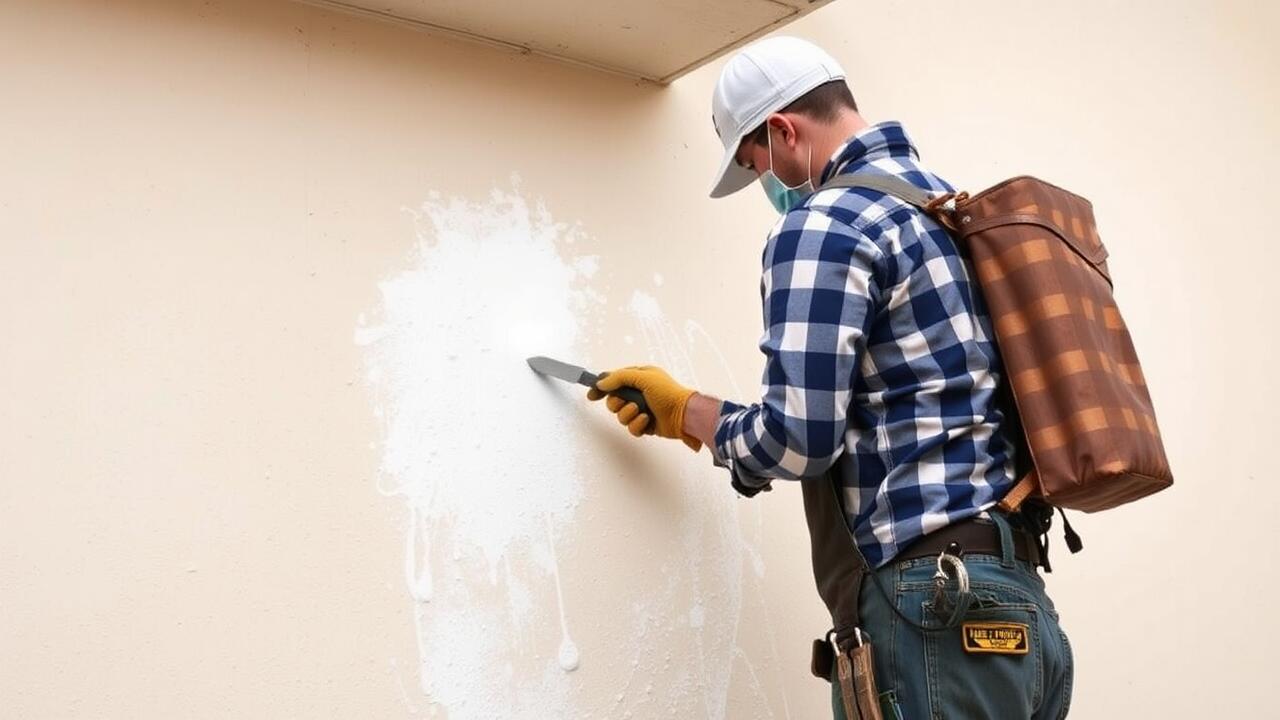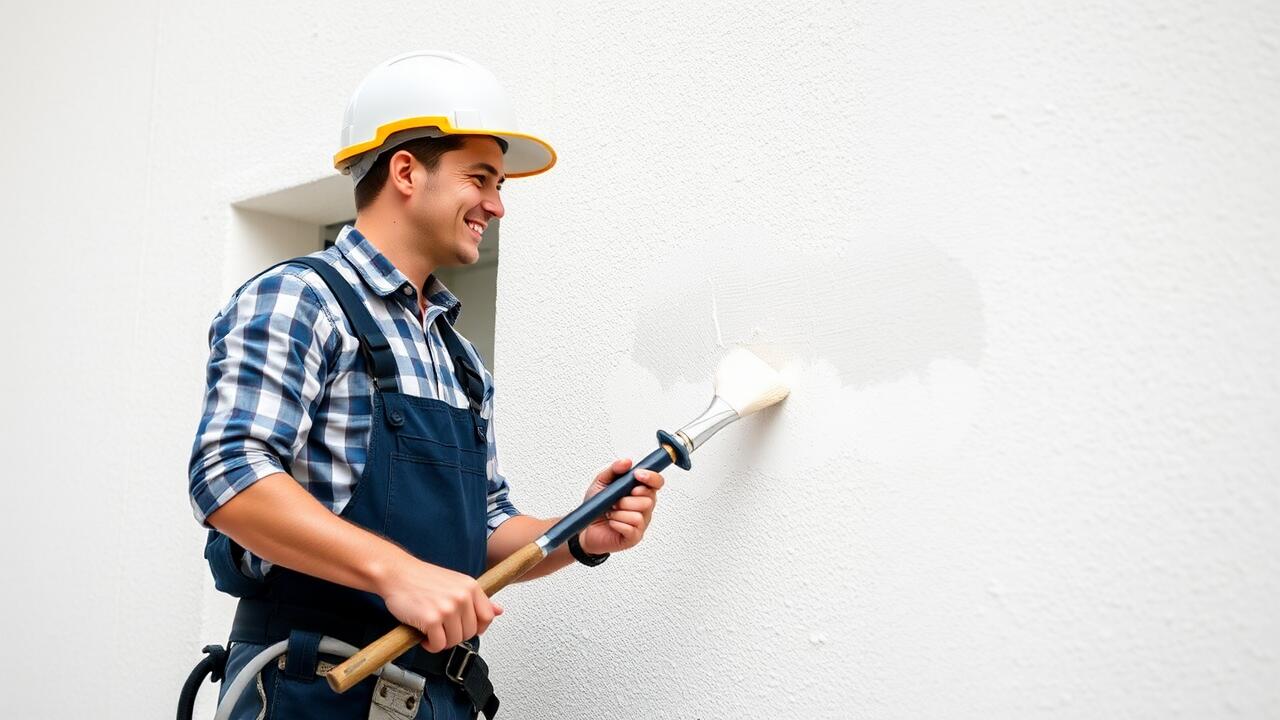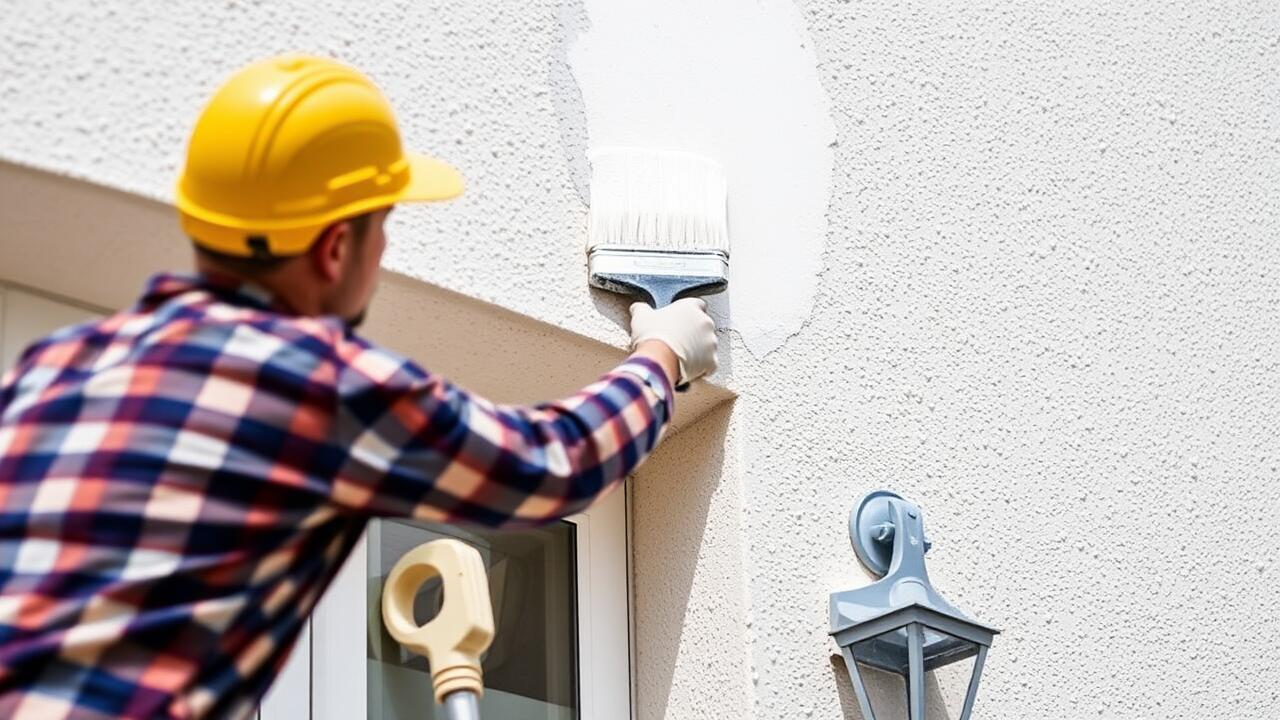
Choosing the Right Paint for Stucco
When selecting paint for a stucco surface, it is essential to consider the unique texture and porosity of the material. High-quality acrylic latex paints are often recommended due to their flexibility and moisture resistance. This helps to ensure that the paint adheres well and can expand and contract with the stucco without flaking. Additionally, choosing a paint with a matte or flat finish can enhance the natural look of stucco while also concealing imperfections.
For those contemplating a stucco project, it is advisable to consult local professionals experienced in stucco painting, such as those offering services in "Stucco Painting in Van Nuys, Los Angeles." These experts can provide valuable insights on the best paint products suited for the local climate and specific conditions. Investing in the right paint not only improves the aesthetic appeal but also helps in prolonging the life of the stucco, protecting it from weather elements.
Recommended Paint Types and Finishes
Selecting the right type of paint for stucco is crucial to ensure durability and an attractive finish. Acrylic paints are often recommended because they provide excellent adhesion and flexibility, which help in accommodating the natural expansion and contraction of stucco. Additionally, elastomeric coatings offer a thicker application that can fill in cracks and improve weather resistance. When choosing a finish, satin or semi-gloss options are preferred since they offer a balance between sheen and ease of cleaning.
When considering a painting project, it's important to factor in the local climate. For regions like Van Nuys, Los Angeles, where temperatures can vary significantly, a paint that withstands UV rays and moisture is essential. Some homeowners opt for textured finishes, which can give an appealing look and help camouflage imperfections in the stucco. Ultimately, the choice of paint and finish can affect both the aesthetic appeal and longevity of the exterior, making informed decisions vital for projects such as Stucco Painting in Van Nuys, Los Angeles.
Frequency of Painting and Maintenance
The frequency of painting a stucco house largely depends on various factors including the local climate, the quality of the paint used, and the level of exposure to the elements. In areas with extreme weather conditions, such as heavy rain or intense sunlight, homeowners may need to repaint their stucco surfaces every five to seven years. Regular inspections can help identify any signs of wear or damage that might accelerate the need for painting. Keeping track of these conditions is essential for maintaining both the aesthetic appeal and structural integrity of a stucco home.
For homeowners seeking guidance on maintaining their stucco homes, services like Stucco Painting in Van Nuys, Los Angeles, offer valuable expertise. Experts can assess the condition of existing paint and provide recommendations on when to repaint or conduct repairs. Proper maintenance not only preserves the look of the house but also prevents water infiltration and other issues that can arise over time. This proactive approach ultimately saves time and costs associated with premature repainting or extensive repairs.
Longevity of Paint on Stucco
The longevity of paint on stucco largely depends on several factors, including the type of paint used, local weather conditions, and the quality of the surface preparation. Typically, high-quality acrylic paints are recommended for stucco surfaces due to their flexibility and breathability. Proper application and maintenance play a crucial role in extending the lifespan of the paint. Regular inspections can help identify any issues early, thereby preventing more extensive damage later on.
For homeowners considering Stucco Painting in Van Nuys, Los Angeles, it's essential to know that the area's climate can influence how long paint lasts. Regions with high humidity or frequent rainfall may require more frequent touch-ups compared to drier locales. On average, a well-executed stucco paint job can last anywhere from five to ten years, provided that the surface is maintained properly and repainted when necessary.
DIY vs. Hiring a Professional
Taking a DIY approach to stucco painting can save money on labor costs and allow for greater control over the project. Homeowners can choose their preferred paint colors and finishes to match their personal style. However, the process can be labor-intensive and requires preparation, such as cleaning the surface and applying a primer. For those inexperienced with stucco, achieving a uniform finish can be challenging. Mistakes may lead to additional costs down the line if a professional must be called in to correct issues.
Hiring a professional for stucco painting often comes with higher upfront costs, but it can save time and ensure a quality finish. Professionals have the experience and tools necessary to handle the unique texture of stucco. They understand the best techniques and products to use, which is crucial for long-lasting results. In places like Van Nuys, Los Angeles, where specific environmental factors may affect paint performance, professional insights can be invaluable. A well-done job by experts can enhance the home's aesthetic appeal and potentially increase its value.
Pros and Cons of Each Approach
DIY stucco painting can be a cost-effective option for homeowners looking to save money. By purchasing the necessary materials and doing the work themselves, individuals can significantly reduce labor costs associated with hiring professionals. Additionally, tackling the project alone allows for more flexibility in terms of scheduling and personal creativity. However, DIY projects can also present challenges, such as a lack of experience leading to uneven finishes or the potential for damage to the stucco surface, which may require professional repairs.
On the other hand, hiring a professional for stucco painting in Van Nuys, Los Angeles, ensures expertise and quality workmanship. Professionals are equipped with the knowledge and tools to handle the unique characteristics of stucco surfaces, which can lead to better durability and a polished finish. Their experience can also save time, allowing homeowners to focus on other projects. The downside to this approach is the increased cost, which includes not only labor but also potential markups on paint and supplies, making it a more expensive option overall.
FAQS
Why is painting a stucco house more expensive than painting other types of houses?
Painting a stucco house can be more expensive due to the texture of the surface, which requires more preparation and labor. Additionally, specialized paints and techniques may be needed to ensure proper adhesion and durability.
What type of paint is best for stucco?
The best types of paint for stucco are typically acrylic or elastomeric paints. These formulations allow for flexibility and can withstand the expansion and contraction of stucco, helping to prevent cracking.
How often should I paint my stucco house?
Generally, stucco houses should be repainted every 5 to 10 years, depending on the climate, wear and tear, and the quality of the previous paint job. Regular maintenance can help extend the life of the paint.
Can I paint stucco myself, or should I hire a professional?
You can paint stucco yourself if you have the right tools, experience, and time. However, hiring a professional may be beneficial to ensure proper application, especially if the surface requires extensive preparation or if you are unfamiliar with stucco painting techniques.
What factors influence the cost of painting a stucco house?
Factors influencing the cost include the size of the house, the condition of the stucco, the type of paint used, labor costs, and whether any repairs or additional prep work are needed before painting.
